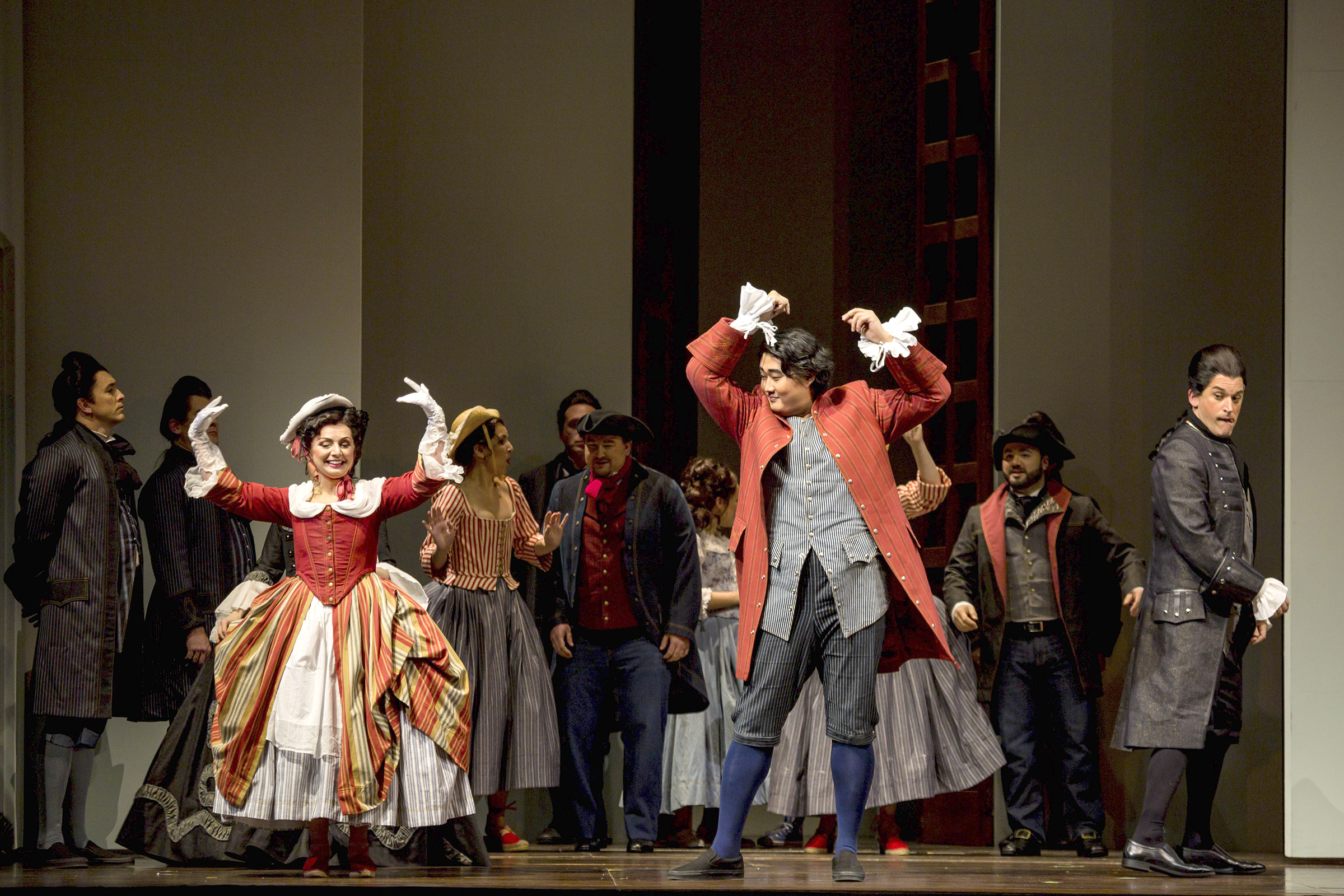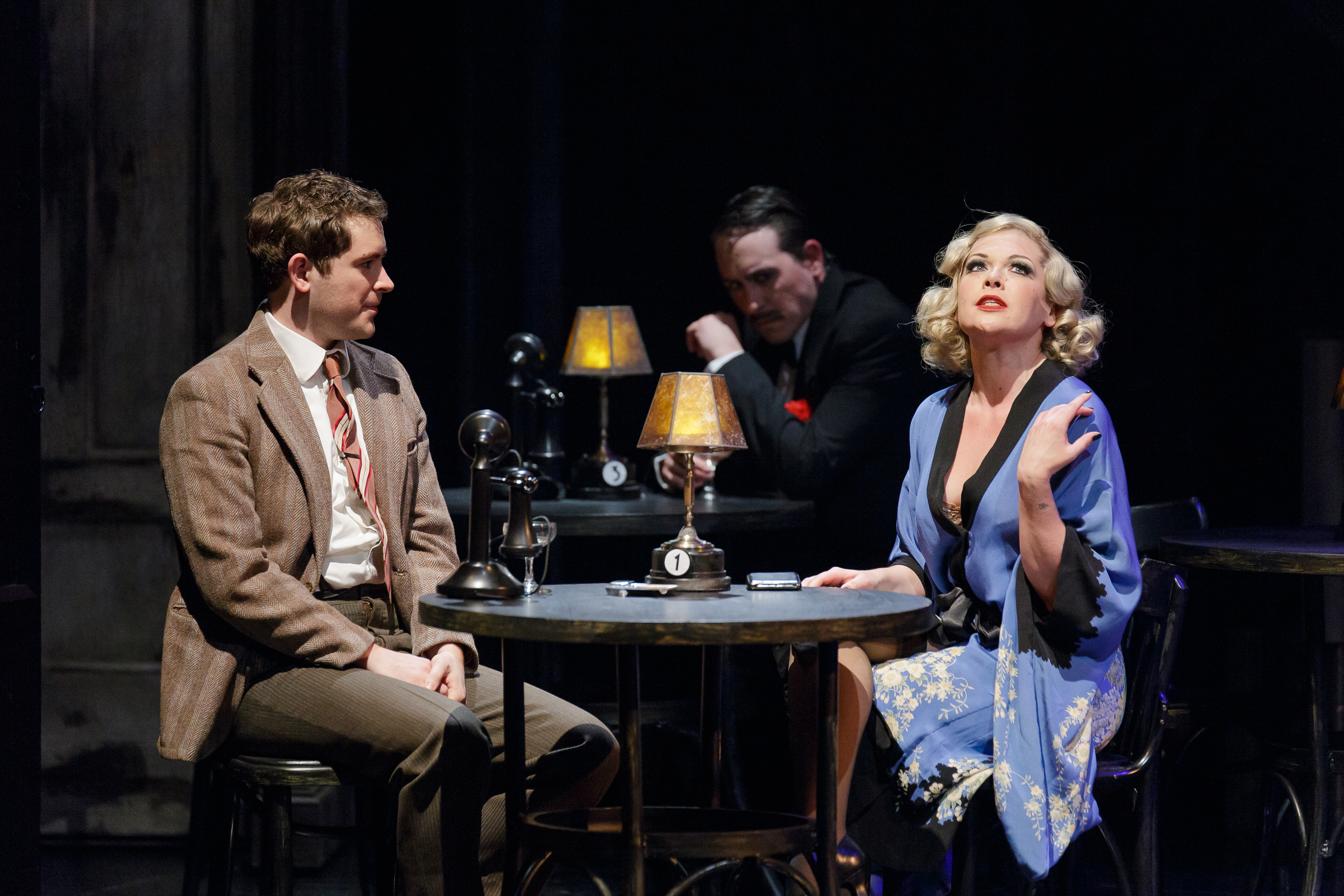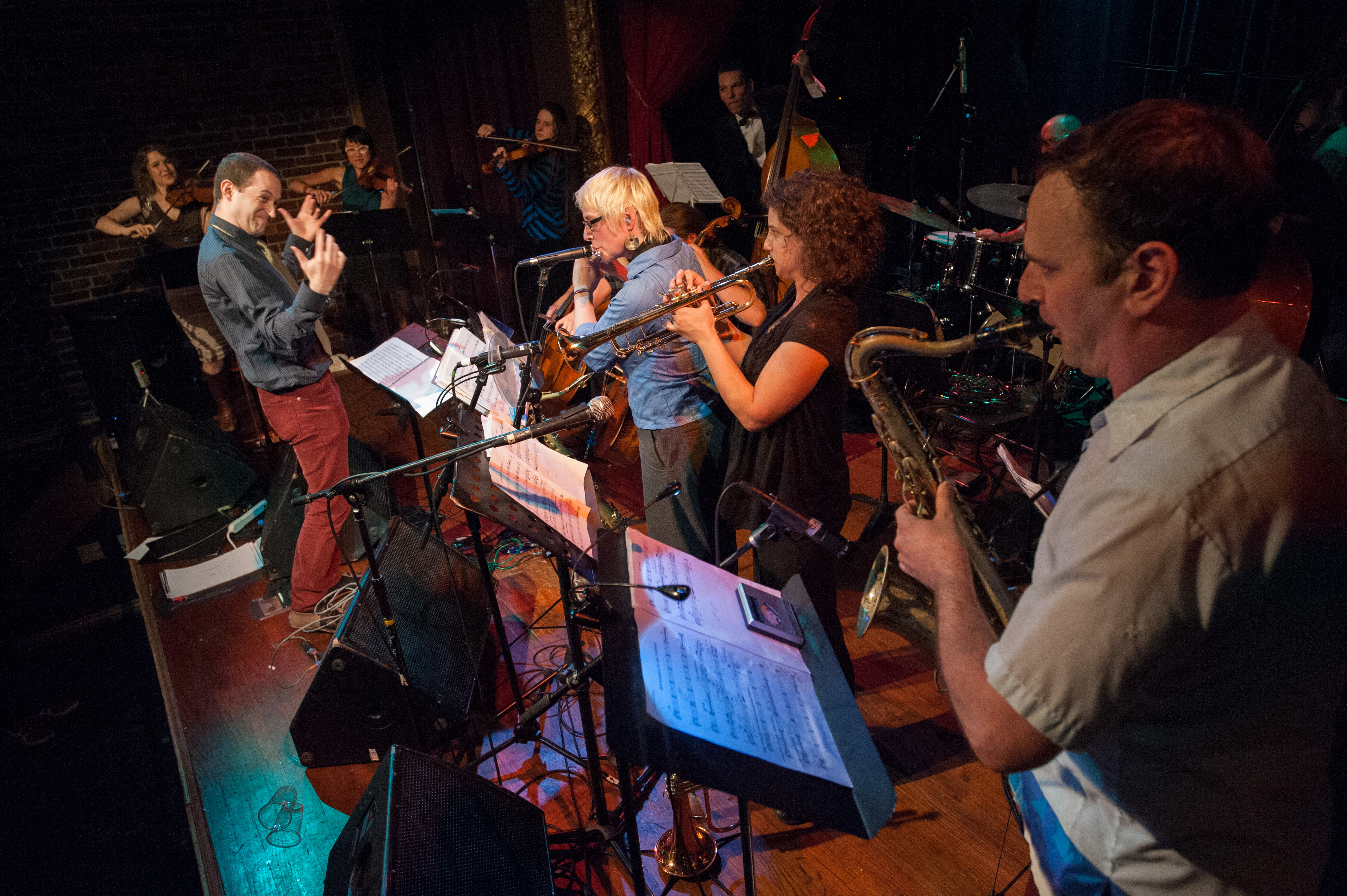UW piano professor Craig Sheppard is always fun to hear, and though it was a shame that scheduled pianist Andrew Armstrong was taken ill, Sheppard’s fill-in at Friday evening’s Seattle Chamber Music Society concert in Benaroya Recital Hall was a nice surprise. He can do the imperious, grand-manner, lion-of-the-keyboard thing when he wants to, though it’s far from the only stop on his organ. Part of what made his cycle of the complete Beethoven sonatas, at Meany Hall some seasons ago, so captivating was that you could tell he could pull this stop whenever he chose, and it was interesting to observe when he kept it in reserve. He plays with a sort of courtly voraciousness; he can grab a piece by the horns, but in a gentlemanly way. He made a quick meal of Poulenc’s Trio for oboe, bassoon, and piano, and his exuberance, especially in the hurtling, giddy first movement, rubbed off on colleagues Ben Hausmann and Paul Rafanelli.I love Grieg’s music, but oh my God, whenever he had more than four minutes to fill, he padded as shamelessly as any composer ever did. The finale of his Cello Sonata in A Minor seems to be made entirely out of rhetorical devices–cello cadenzas, digital fireworks, dramatic pauses. Either the music is building up to something, or something is fading into the distance–but there’s never any something. Well, there’s one dance tune, a catchy idea that’ll sound familiar if you know his Piano Concerto. One can imagine a performance of this sonata that took care to downplay its pompousness and emptiness; cellist Bion Tsang and pianist Adam Neiman chose not to go there.In a fantastic performance of Mendelssohn’s Octet for strings, two passages were played as well as I’ve ever heard them. A bit after the middle of the first movement, there’s a quiet passage where the music’s flamboyant vigor subsides, just before the long, whirlwind transition back to the main theme. The eight musicians gave it an extra dose of introspective serenity; it was otherworldly, celestial, and the contrasting snap back into activity made that transition breathtakingly exciting. The other moment was the last 30 seconds or so of the sparkling third movement, played in flawlessly polished eightfold unison. The whole performance struck an extraordinary balance between fire and poise–in Mendelssohn, neatness counts, and the players made no sacrifice in the this department no matter how high they dialed up the music’s visceral energy.
More Stories From This Author
Capitol Hill Block Party Artist Panel Series 2019
The Capitol Hill Block Party Artist Panel Series 2019 is free (no festival wristband required), all-ages, and takes place from…
By
Seattle Weekly • July 9, 2019 11:10 am
Golden Idols will release new EP
Seattle quartet returns with ‘Uneasy’
By
Seattle Weekly • June 24, 2019 5:30 pm
Travis Thompson, Wolf Parade headline Fisherman’s Village fest
The Everett Music Initiative festival, May 16-18 in Everett, will showcase more than 50 acts.
By
Evan Thompson • March 18, 2019 12:00 pm






